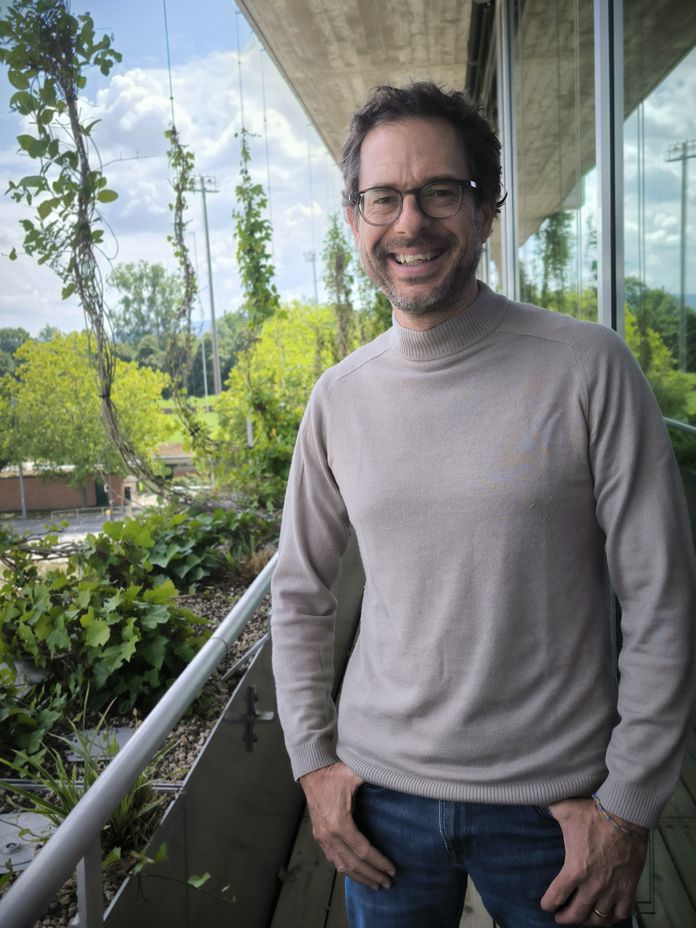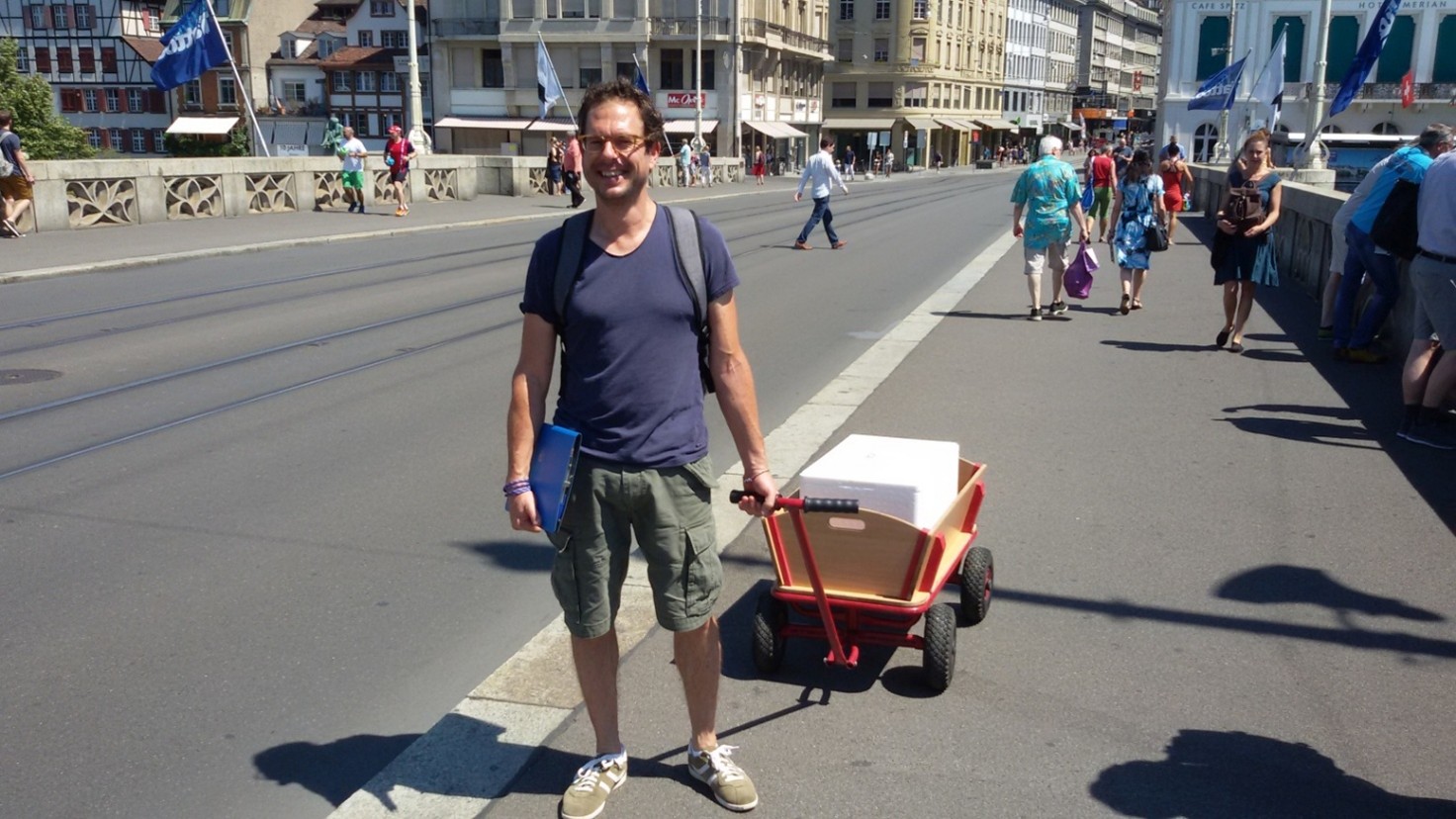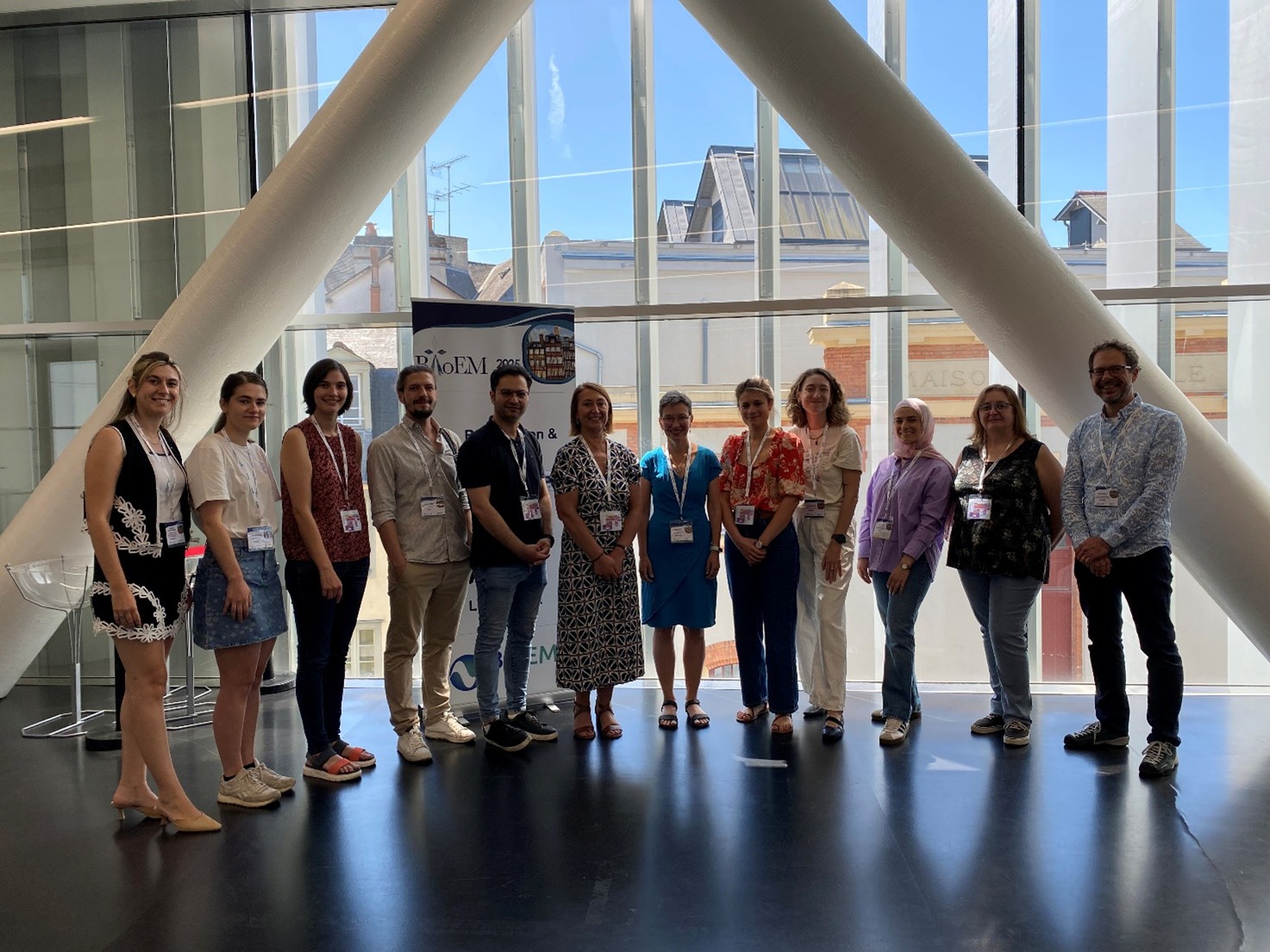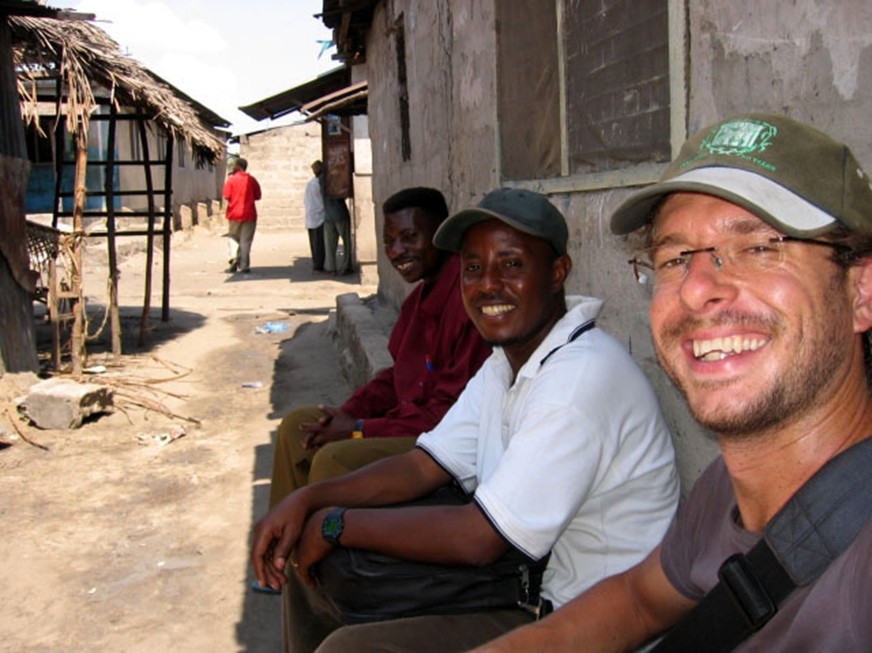
From malaria research in Tanzania to shaping Swiss policy on phone radiation, Stefan Dongus’ career at Swiss TPH reflects the institute’s broad public health mission. As part of our People of Swiss TPH series, we speak with him about his work on electromagnetic fields, the 5G Scientist app, and how citizen science can inform safer digital connectivity.
Hello Stefan! Please introduce yourself.
Hi! I am currently working as a Project Officer at Swiss TPH in the field of environmental health. I do – and have done – many things at Swiss TPH. My longest involvement has been as the scientific secretary of the "Swiss Expert Group on Electromagnetic Fields and Health", also called BERENIS. This work is mandated by the Swiss Federal Office for the Environment (FOEN). We continuously monitor and evaluate the worldwide research on this topic. If necessary, the FOEN would advise the Swiss Federal Council to adjust the regulatory limits. We are therefore a kind of an early warning system.
Another role is working in the ETAIN project. For that, we launched an app called “5G Scientist”. It is free and designed in a way that users can learn about their personal radiation exposure from mobile communication devices and what the main drivers are. Users can then learn how to control or reduce their exposure. At the same time, all users of the app automatically measure the signal quality of their mobile phone network, and this contributes to the creation of maps for the whole of Europe showing the measured signal quality.
These maps rely on voluntary data collected by people outside of our project. Everyone can use the app – we call these people citizen scientists. In the end, the data will enable data-driven policymaking for safer and more sustainable connectivity. By using the 5G Scientist app, the citizen scientist thus makes a valuable contribution to science and the public.

What makes citizen science so important in this project?
Given that almost everyone has a smartphone, imagine the scale you could potentially reach! But to really leverage this potential and motivate as many people as possible to participate, we have to make sure that the idea behind the app is interesting and relevant enough for a wide audience. That’s why in the 5G Scientist app, users can learn about their personal exposure and what sources contribute most, so they can have more control over their own exposure. We added general information about this kind of radiation, whether it impacts our health, and practical tips on how to reduce radiation. And, every user can see almost in real-time how the map gets covered with signal quality measurements – by themselves or other users.
What’s something surprising you’ve already learned from citizen-collected data?
That it is quite a challenge to motivate people to participate in citizen science. Probably because everyone is busy with so many things these days. We continuously refine the 5G scientist app, in order to make it interesting for a broad audience of potential citizen scientists

What motivates you to work at Swiss TPH?
Most of all, the people at Swiss TPH – I really feel privileged to be part of such a nice group of colleagues and I really enjoy coming to the office.
I like that our work really goes all the way from science to impact: our research informs decision-making and public communication by Swiss federal authorities including the FOEN. For example, findings from our BERENIS work have been cited in decisions by the Swiss Federal Court.
What is one thing people might be surprised to learn about your work?
I actually started working for Swiss TPH (then still called Swiss Tropical Institute) more than 20 years ago as a PhD student with a very different research focus: malaria control in Tanzania. As a result, my family and I had the opportunity to live and work in East Africa for almost five years. I feel fortunate to have had the chance to experience both the "tropical" and the "public health" aspect of Swiss TPH.

What’s one habit you’ve changed in your own life because of what you’ve learned about phone radiation?
If there are easy ways to avoid unnecessary electromagnetic fields, then there is certainly nothing wrong with doing so. Personally, I try to avoid long calls with the mobile phone at the ear, and I put my smartphone on airplane mode at night. Otherwise, I have not changed much.
What’s one question no one ever asks you about your work – but you wish they would?
Regarding smartphones: When we talk about possible health effects and policy, shouldn’t we rather focus on aspects such as the impact on children and adolescents, or the amount of time we spend looking at a screen instead of doing other things? I wonder if, in relation to smartphone use and health, radiation is really the most relevant factor.